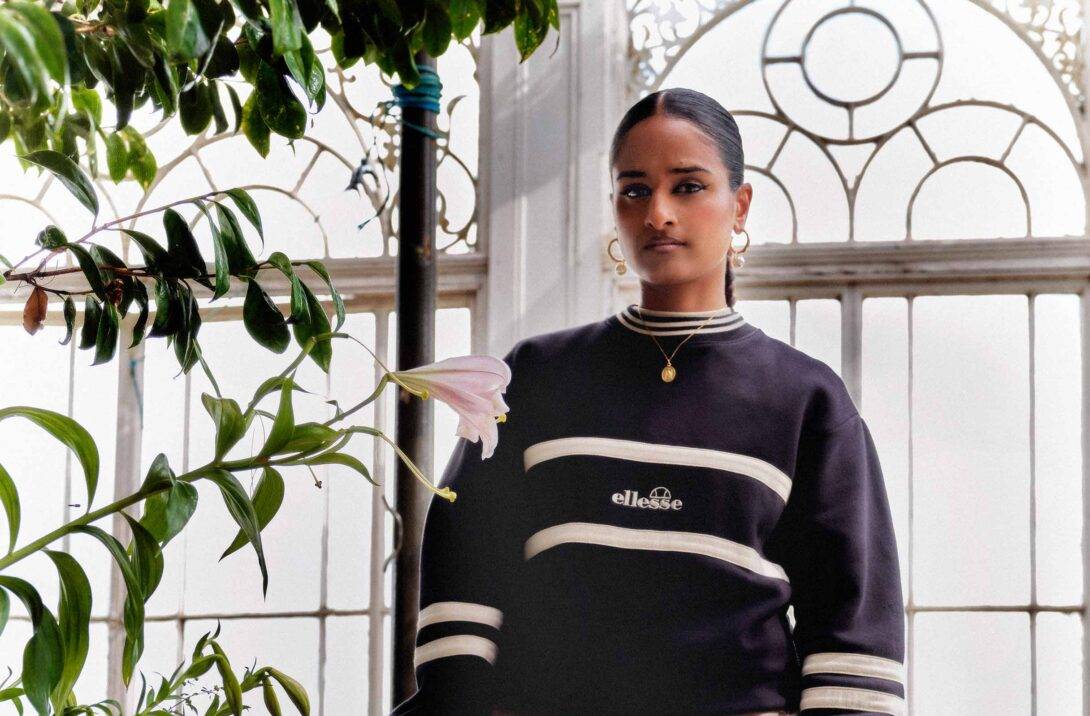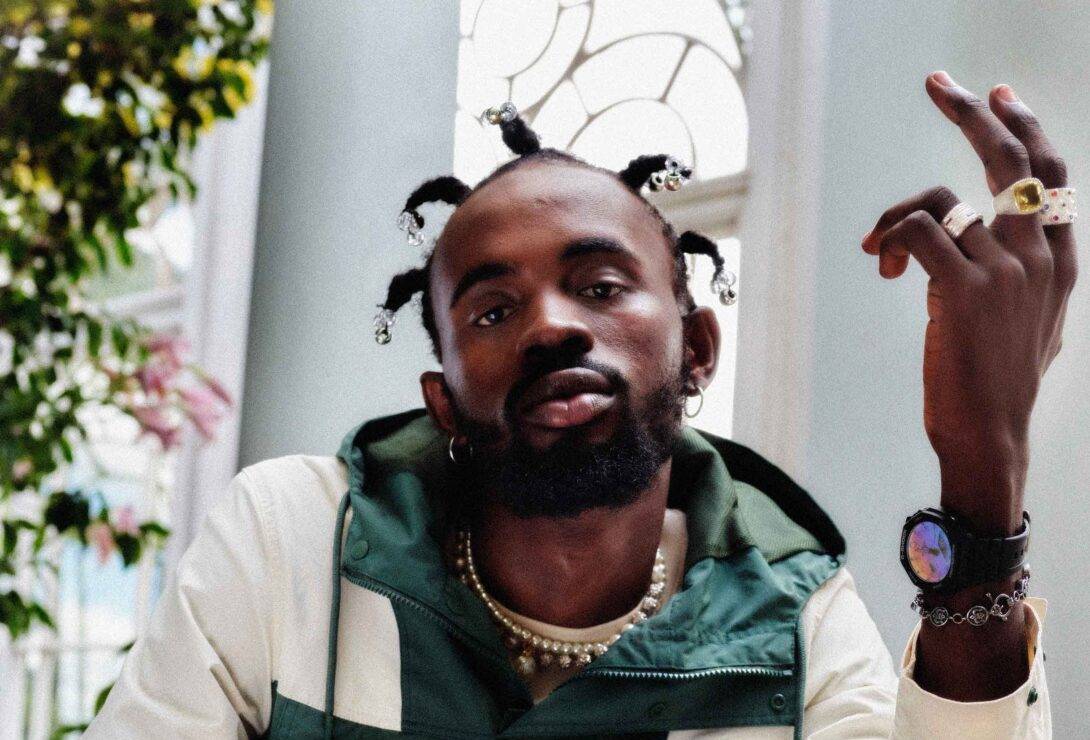
Team 11 Interview
With their finger on the pulse of the current tastes influencing Gen Z, we sat down with Imogen Judd, Strategy Director at advertising agency Team Eleven to examine how brands and agencies will look to engage with this demographic in 2024.
-
What is your remit at T11?
My remit is across the board, largely overseeing the relationships with a number of clients including the likes of Invisalign and Superdrug of which, Gen Z is a massive apart of their target demographic. My role as strategy director is about understanding our client’s target demographic and how we can connect with them.
-
How do you work collaboratively with your team when appealing to this demographic?
All our work is research-led, and we often conduct surveys to get first-hand responses, whether that’s indirect response to stimulus with the client or broad ranging insight mining. For example, the work we do with Invisalign is very collaborative where speaking to a broad range of stakeholders in the activations, such as the dentists, patients and consumers, informs our thinking.
-
How crucial is social media in building authentic connections with a next generation audience?
Social media is not going anywhere, it still acts as a massive news source for Gen Z. Tik Tok remains the number one search engine used by Gen Z but it’s not the be all and end all as more in-depth content storytelling still acts as an important source of information for this cohort. Looking at the broad age range of this demographic, the younger end of Gen Z were still in school when Covid hit and had that social development taken away from them. Even though the first thing you associate with Gen Z is Tik Tok, they’re still really craving in person experiences and speaking to our audiences, they feel like they were robbed of them during the pandemic.
-
How big are influencer relationships in building this authenticity?
We’ve noticed there’s becoming a turning trust against influencers and paid partnerships which have been heightened by the cost-of-living crisis. People are starting to ask the question ‘’why would I trust what you say when you’ve been paid loads to say that?” However, authentic recommendations from influencers can still be an effective tool but it’s not as simple as sending them a product which they can talk about. There must be an authentic reason as to why they’re getting involved with the campaign. For example, with the Invisalign project, there was an authentic and purposeful reason as to why those contributors were getting involved with the campaign. Ultimately, if you want to engage a loyal audience, they want to see this reflected in the content that you’re producing.
-
With that in mind, are there any other production formats you’re considering beyond social media?
Community building is a great tool to garner support from this demographic and we’re starting to think about some social and influencer events this year. Fostering some of those communities and bringing them to life beyond the social platform is a nice way of brands being able to cement themselves with their audiences and gain a foothold in the market.
-
Are brands going to lean on more cultural moments in 2024?
Every brand wants to be able to execute the cultural moments that we saw with the likes of Barbie last year, but it can also be achieved on smaller budgets. It leads into the authenticity piece again. As a digital native generation, Gen Z are not afraid to scrutinise, and they will pick apart campaigns that don’t stand for something. Ultimately, you need to have a strong brand story to work across brand partnerships, you need to know what you stand for and why you’re partnering with another organisation as it has to be servicing your overall brand as a goal. With brands like Nike and JD, they’ve built up such a strong identity over time where you can already envisage there’s a blueprint for what one of their activations would look like given their brand story.
-
Are we moving towards greater collaboration between agencies?
We’re getting there! Between creative and media agencies, they hold a lot of data so it’s important to understand how audiences are interacting with the creative we’re putting out there. It’s not historically a synergous relationship but starting to see it a lot more, and ultimately, it’s only going to service clients and consumers more effectively if there’s a greater collaborative effort.
“Ultimately, if you want to engage a loyal audience, they want to see this reflected in the content that you’re producing.”




